The Kephart design may be the best do-it-all knife design. And Bark River’s Mini Kephart may be what the backpacker, or urban user needs.
by Leon Pantenburg
Disclaimer: Bark River supplied the product used in this review. I don’t work for Bark River, I was not paid to review this knife, and there is no advertising relationship between Bark River and Survival Common Sense. Nobody had any input into what I wrote, and all I ever promise is a fair testing and review.
Not everyone is looking for a knife to field dress an elk with, or to skin an alligator, my wife Debbie occasionally reminds me. Debbie is one of my most efficient cutlery reviewers. She represents average folks with normal-sized hands who might be looking for a slender-handled user knife. Forget fighting knives, Rambo-esk blades, tacti-cool looks or exotic handle materials – the bottom line is how well it works.

The Bark River Mini Kephart.
I kept that in mind when trying out the Bark River Mini Kephart. I love the Kephart design and own several full-sized Kephart-style knives. IMHO, there are very few better blade designs.
The original Kephart knife was designed by legendary outdoorsman and educator Horace Kephart. Here is his description:
“Its blade and handle are each 4-1/4-inches long, the blade being 1-inch wide, 1/8-inch thick on the back, broad pointed, and continued through the handle as a hasp and riveted to it. It is tempered hard enough to cut green hardwood sticks, but soft enough so that when it strikes a knot or bone it will, if anything, turn rather than nick; then a whetstone soon puts it in order.”
“The handle of this knife is of oval cross-section, long enough to give a good grip for the whole hand, and with no sharp edges to blister one’s hand. The handle is of light, but hard wood, 3/4-inch thick at the butt and tapering to 1/2-inch forward, so as to enter the sheath easily and grip it tightly.
“This knife weighs only 4 ounces. It was made by a country blacksmith, and is one of the homeliest things I ever saw; but it has outlived in my affections the score of other knives that I have used in competition with it, and has done more work than all of them put together.”
It’s hard for me to disagree with any of this. One of my favorite user knives is the LT Wright Genesis, a working man Kephart design. And my Five-Inch Bark River Kephart permanently resides in the kitchen knife drawer since my wife discovered it several years ago. Custom knife maker Donavon Phillips let me check out his personal drop point Kephart, and made me a Kephart variation Big D Delta Cruiser XL
Here are the specs of the Bark River Mini Kephart:
- Overall Length: 7.5″
- Blade Length: 3.625″
- Blade Thickness: .093″
- Handle Thickness: .68″
- Tang: Full
- Blade Steel: 3V
- Weight: 3.17 oz
- Country of Origin: USA
Here’s the good stuff:
Point: Traditionally, a Kephart has a spear point, where the point is centered in the blade. There is a nice sharpened belly on one side of the point, matched by the unsharpened, rounded area off the spine. This makes the point excellent for skinning and piercing.
Handle: The handle, at .68-inch thick, is too slender for my (glove-size) large hands. But my wife and daughter can use it very easi ly. A variety of handle materials are available. (Measure your hand size.)
Blade length: For an EDC knife or one that will do a variety of tasks, a three-to-four inch blade is about perfect. I want a four-to-five inch blade for a big game hunting knife, a two-to-three inch blade for wood carving, and different blade length variations for different jobs.
Full tang: The blade steel runs all the way through the handle. That is strongest configuration possible, and what I prefer in all my knives.
Steel: CPM 3V is one of my favorite blade steels. It doesn’t rust easily, holds an edge very well and is not difficult to sharpen.
Grind: All Bark River knives are convex ground. I love convex grinds, and prefer them over all others. It has been proven to my satisfaction that convex works best for virtually everything I need a knife for.
The grind on a blade will determine how well the knife works. Pick a grind that works best for your anticipated use.
What’s the verdict? Do you need a Mini Kephart?
While I love all Kepharts, the Mini Kephart is too small and the handle is too slender to work comfortably for me. But that’s fine – I have several Bark River knives that are designed for big game hunting and bushcraft.
If you have smaller hands, the mini may work like it was designed for you. This is a knife my wife and daughter will latch onto, and other folks with normal-sized hands will really like it. The proven Kephart design in this size is going to make it somebody’s grail knife.
The Mini has typical Bark River quality, and with that, you can trust the knife won’t let you down. The Mini Kephart going to be a great knife for a lot of folks, so give it a hard look if you’re in the market for a solid user.
Order a Bark River Mini Kephart here.
For more survival information, check out my book “Bushcraft Basics.”
You can also order “Bushcraft Basics: A Common Sense Wilderness Survival Handbook” at your local independent book store:
Thanks!

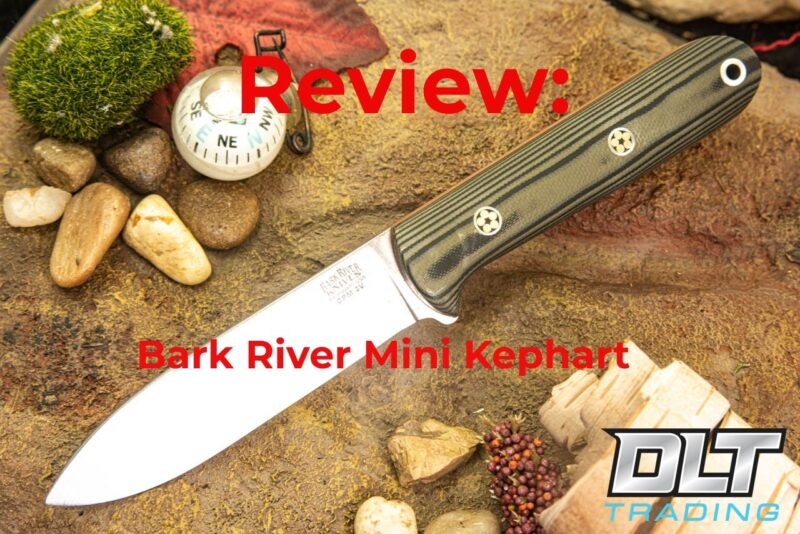
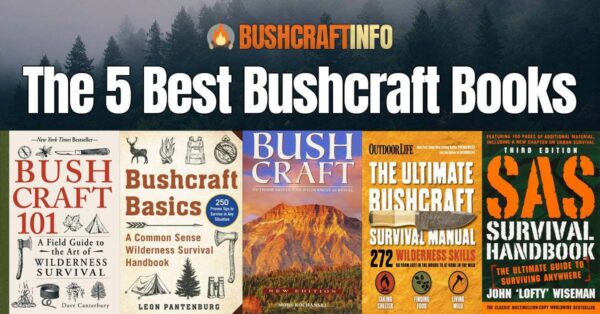
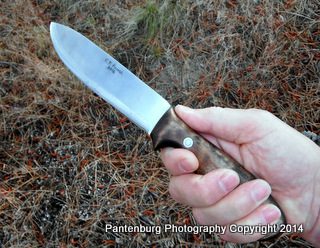
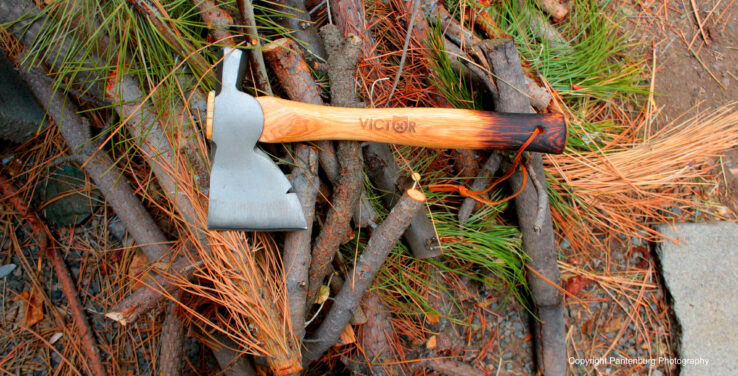
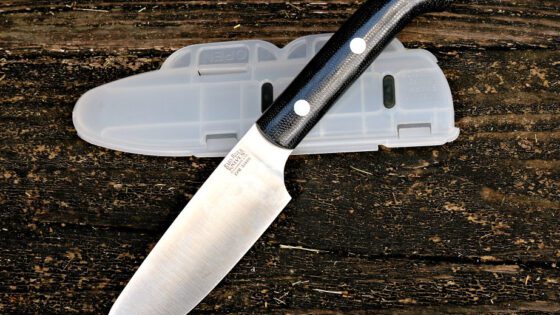
Leave a Reply